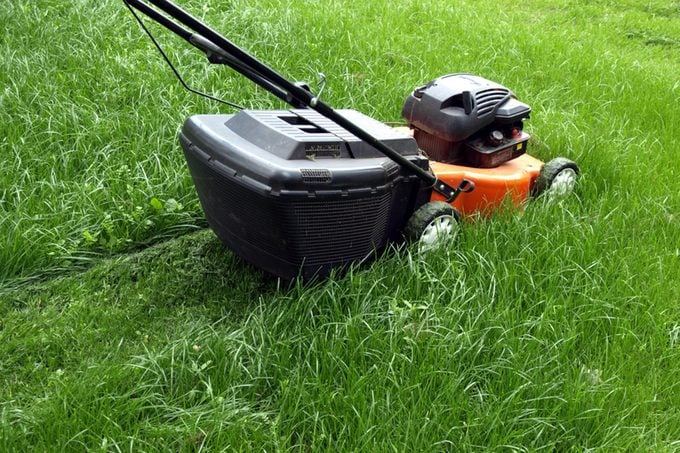When Should I Stop Mowing My Lawn in the Fall?
Updated: Sep. 22, 2022
Learn when the proper time is for you to quit mowing your lawn. It might be later than you think.

Fall is here, and you’re probably ready for a break in the action when it comes to mowing your yard. But just because the leaves have their first tinge of yellow, doesn’t mean you can put the mower away for the season. Not yet anyway. For much of the country, lawns continue growing in the fall, before the grass goes dormant in the winter.
So when can you actually stop cutting the grass? It depends on the type of grass and where you live. Here’s our best advice to follow.
On This Page
How to Know When You Can Stop Mowing
Soil Temperature
Grass grows in a bit of a counterintuitive fashion, in that it will grow more rapidly in the fall but cool-season grasses won’t go dormant until the soil temperature reaches 45 degrees Fahrenheit. Warm-season grasses will go dormant closer to 55 degrees Fahrenheit. You check soil temperatures at Greencast Online.
How Many Leaves are Falling
As the leaves start falling from trees in the fall, take a look at how many have fallen. Typically, when half the leaves have fallen from trees, grass growth has slowed significantly. These are 11 things you should never do with fallen leaves.
Frost
Frost is the best indicator of when grass is done growing and you can stop mowing. Some cool-season grass might continue growing so it’s best to keep an eye on it.
How Short Should You Cut Your Grass?
The ideal length of your lawn depends on your climate, but most experts agree you should keep your grass about three inches long. For the last cut of the season, you can take it down to between 1-1/4 inches to 1-1/2 inches in length. That final cut serves two purposes: it prevents a build up of organic matter which can lead to disease, and it makes raking easier.
Keeping your grass cut short can also help reduce winter kill, deter voles and reduce snow mold.